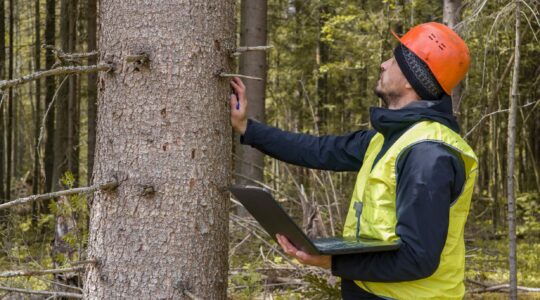A team of historians and archaeologist believe they have solved the mystery of what happened to thousands of bodies from the 1815 battle of Waterloo.
More than 10,000 men died in a single day during Napoleon Bonaparte’s final battle but only two bodies from the conflict have subsequently been recovered in archaeological digs.
In a new book called Bones of Contention, authors Bernard Wilkin and Robin Schäfer reveal that the bodies likely disappeared through “industrial scale” grave robbing.
“From the early 19th century, bones became a sought-after raw material,” the researchers found.
“Scientists had just discovered its usefulness in agriculture, while the burgeoning sugar industry used it to produce the bone charcoal needed to bleach its coveted product.
“The high demand that resulted from these technological advances had one major unexpected consequence: the plundering of cemeteries and battlefields.”
The book says the “grim” trade resulted in the exploitation of human bones across Britain, France, Belgium, Germany, Austria, Algeria and the United States.
Bernard Wilkin told the Science journal that in the 1830s the Waterloo area became a sugar beet “hot spot”.
“There were two sugar factories within a few kilometres of the battlefield,” he said. “The filtration process required burned bone – lots of it. Historical evidence suggests it came from the battlefield itself.”
Dr Wilkin said researchers had been excavating the Waterloo site since 2012 but only two bodies were recovered of the thousands killed in the battle.
“It turns out what happened at Waterloo was only the tip of the iceberg,” he said. “The use of bone for the sugar industry was bigger than we knew. It was happening at Napoleonic battlefields all over Europe.
“In the 1830s, bones were suddenly worth a lot of money. Battlefield bones were easy to find, easy to access, and no one really cared about them.”
Full interview can be found on the Science Journal website








